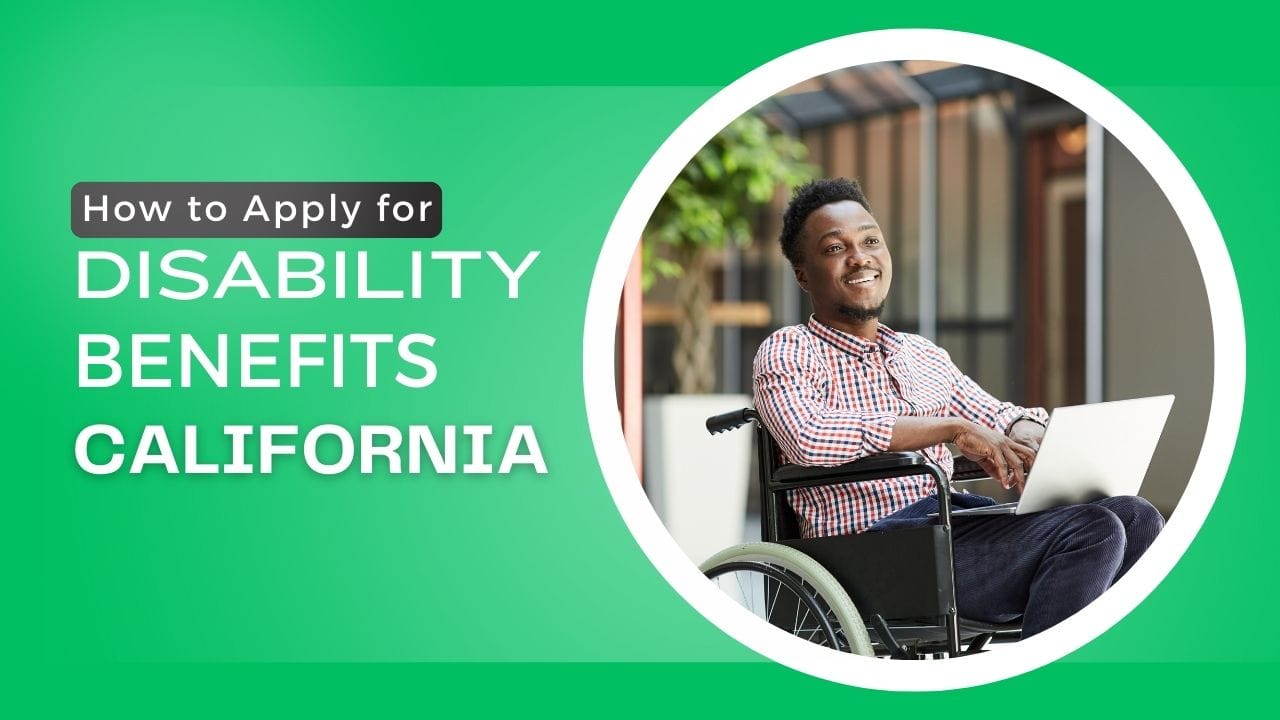Navigating the process of applying for disability benefits in California can seem daunting, but with the right guidance, it becomes much more manageable. Whether you’re dealing with a short-term disability, a long-term condition, or a work-related illness, California offers several programs to provide financial support. This guide will walk you through the steps to apply, the eligibility requirements, and tips to increase your chances of approval.
Types of Disability Benefits in California

California residents have access to three main disability benefit programs:
Social Security Disability Insurance (SSDI):
This federal program supports individuals who have worked and paid Social Security taxes but can no longer work due to a disability. Social Security Disability Benefits are provided to those who meet the program’s criteria.
Supplemental Security Income (SSI):
SSI is a need-based program designed for low-income individuals with limited work history who meet the disability criteria.
State Disability Insurance (SDI):
Administered by California’s Employment Development Department (EDD), the SDI program provides short-term disability benefits for work-related and non-work-related illnesses or injuries.
Understanding which program aligns with your situation is the first step in the disability application process.
Eligibility Criteria

To qualify for disability benefits in California, applicants must meet specific criteria:
Medical Requirements:
Applicants must provide medical evidence, such as medical records and a statement from a licensed physician or health care provider, proving they meet the Social Security Administration’s definition of disability. Conditions like mental illness or chronic illnesses are also considered under the Blue Book guidelines.
Work History and Income:
SSDI requires a sufficient work history and Social Security credits, while SSI is a need-based program for individuals with limited income and resources. Independent contractors may also qualify if they meet specific criteria.
Residency and citizenship:
Applicants must be U.S. citizens or legal residents and meet California residency requirements for state programs like SDI.
Step-by-Step Application Process

Applying for disability benefits involves several steps. Here’s a breakdown:
Step 1: Gather Necessary Documentation
Before starting the application, gather essential documents such as:
- Medical records, medical information, and a statement from a licensed physician or religious practitioner if applicable.
- Work history, including pay stubs and details of customary work.
- Personal information, including your Social Security number, date of birth, birth certificate, and contact information (phone number, email address).
Step 2: Choose the Right Program
Decide whether SSDI, SSI, or SDI best fits your situation. For example, if you have a short-term disability or a non-work-related illness, the California SDI program might be the right choice.
Step 3: Submit Your Application
Online Application: Use SDI Online for state benefits or the Social Security Administration’s website for SSDI and SSI benefits.
In-Person or Phone: Visit a local Social Security office or field office, or call their phone number to apply.
Step 4: Follow Up on Your Application
After submitting your disability claim, track its status through your online account or by contacting the Disability Determination Services. Be prepared to provide additional information if requested, such as proof of limited income or Workers’ Compensation benefits.
Common Challenges and Tips for Success
Avoid Common Mistakes: Ensure your application is complete and includes all necessary information, such as medical evidence and work history. Missing details like your birth certificate or pay stubs can delay the process.
Seek Professional Help: Consider consulting a disability lawyer or legal team for free consultation and legal advice. They can help navigate the appeals process if your initial application is denied.
Be Patient: The waiting period for approval can be lengthy, but persistence is key.
What to Expect After Applying
After you have submitted the application, here is what you have to expect after applying:
Processing Times: Initial applications can take several months to process. During this time, you may receive phone calls or requests for additional information.
Appeals Process: If your application is denied, you can appeal the decision. The appeals process may involve multiple stages, including reconsideration and hearings.
Benefit Payments: Once approved, benefit payments are typically made via direct deposit or monthly payments. The benefit amount varies depending on the program and your work history.
Resources and Support in California
In case of any queries and concerns, you can step ahead and coordinate with the following, especially when you are in California.
Local Social Security Office: Visit an SSA office or field office for in-person assistance.
Nonprofit Organisations: Many organisations offer free consultation and support for disability cases.
Online Tools: Use SDI Online and the Social Security Administration’s website for updates and resources.
Conclusion
Applying for disability benefits in California doesn’t have to be overwhelming. By understanding the eligibility criteria, gathering the right documentation, and following the application steps, you can navigate the process with confidence. Don’t hesitate to seek help from professionals or local resources if needed. With patience and persistence, you can secure the financial support you deserve. If you need more information on how to apply for disability benefits in California, make sure to explore official resources and legal support options.



